Introduction
There’s something quietly powerful about watching a group of kids build something together. A treehouse, a fort, even just a group project at school. The chatter, the disagreements, the compromises, the shared celebration when it all comes together—it’s not just play. It’s practice. Practice for a future where working together isn’t optional, but essential.
As adults, we often talk about leadership, independence, and self-confidence when it comes to raising kids. All valid. But one lesson we tend to overlook is this: how to be part of something bigger than yourself. How to take action together.
This is where the concept of collective action comes in. And believe it or not, it’s a skill kids can and should learn early.
What Is Collective Action?
At its core, collective action is when people come together to solve a problem or create change that no one person could accomplish alone.
It’s that group of students starting a recycling program at school. It’s a neighborhood organizing to clean up a park. It’s classmates writing letters to make their cafeteria more inclusive or their curriculum more reflective.
And while the term might sound like it belongs in a college textbook, the truth is—it starts way younger.
Collective action, in kid language, is just: “We saw something that wasn’t right, so we fixed it together.”
Why Kids Need to Learn This Early
Children already understand the idea of fairness. Anyone who’s ever heard “That’s not fair!” on the playground knows it. What they often need help learning is how to respond when something feels unfair—and that “telling the teacher” isn’t the only path.
When we teach kids how to work as a team to solve real problems, we help them understand:
- That their voice matters—but it matters more when it joins others
- That not every solution requires a superhero; sometimes it just takes good teammates
- That power doesn’t always come from authority—it comes from unity
These are tools that grow into empathy, leadership, and civic responsibility down the line.
How to Foster It at Home?
This doesn’t mean organizing marches in your backyard (although, why not?). It means finding everyday moments to model collaboration, problem-solving, and shared goals.
1. Let them organize small initiatives
Have them take the lead on a family donation drive. Let them plan a “kindness week” at home where each day, you all do something thoughtful for someone else. When they feel ownership, they feel invested.
2. Share real-world examples
Tell them stories of kids who made change—like Greta Thunberg’s climate action or the young activists behind March for Our Lives. Show them what’s possible when kids raise their voices together.
3. Celebrate effort over outcome
Maybe their clean-up plan doesn’t get every neighbor on board. That’s okay. What matters is that they learned how to organize, communicate, and work with others.
The Emotional Lesson Behind It
Teaching kids collective action isn’t just about civics. It’s emotional, too.
They learn that even if they feel small, they are not alone. They learn that problems feel less overwhelming when someone is standing next to you, holding the other end of the banner—or the broom.
They learn the comfort of community and the courage of shared responsibility.
And maybe most importantly, they learn that action beats anxiety every time.
The Takeaway
The world is full of challenges that no single person can fix—climate change, inequality, bullying, disconnection. But when kids grow up understanding the power of “us” over just “me”, they’re better equipped to face those challenges head-on.
Not just as individuals, but as collaborators. As problem-solvers. As future citizens who understand that real strength isn’t in standing above the crowd—it’s in standing beside it.
Because one kid building a pillow fort is cute. But five kids working together to build it—and letting everyone in when it’s done? That’s community. That’s collective action. And that’s the beginning of something that can change the world.
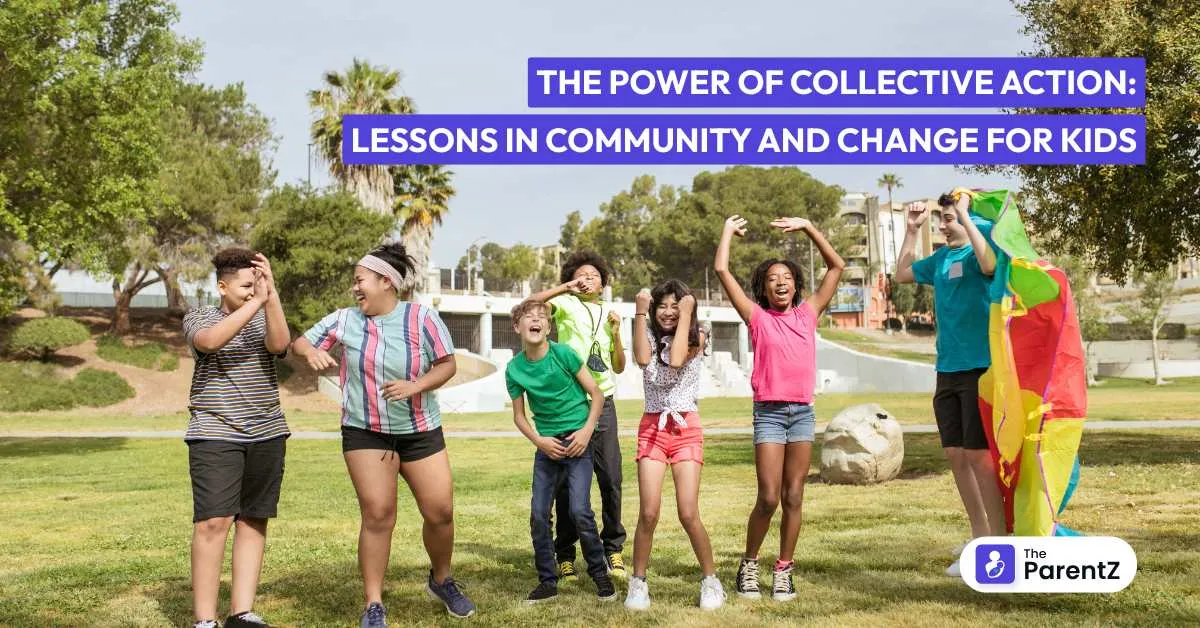
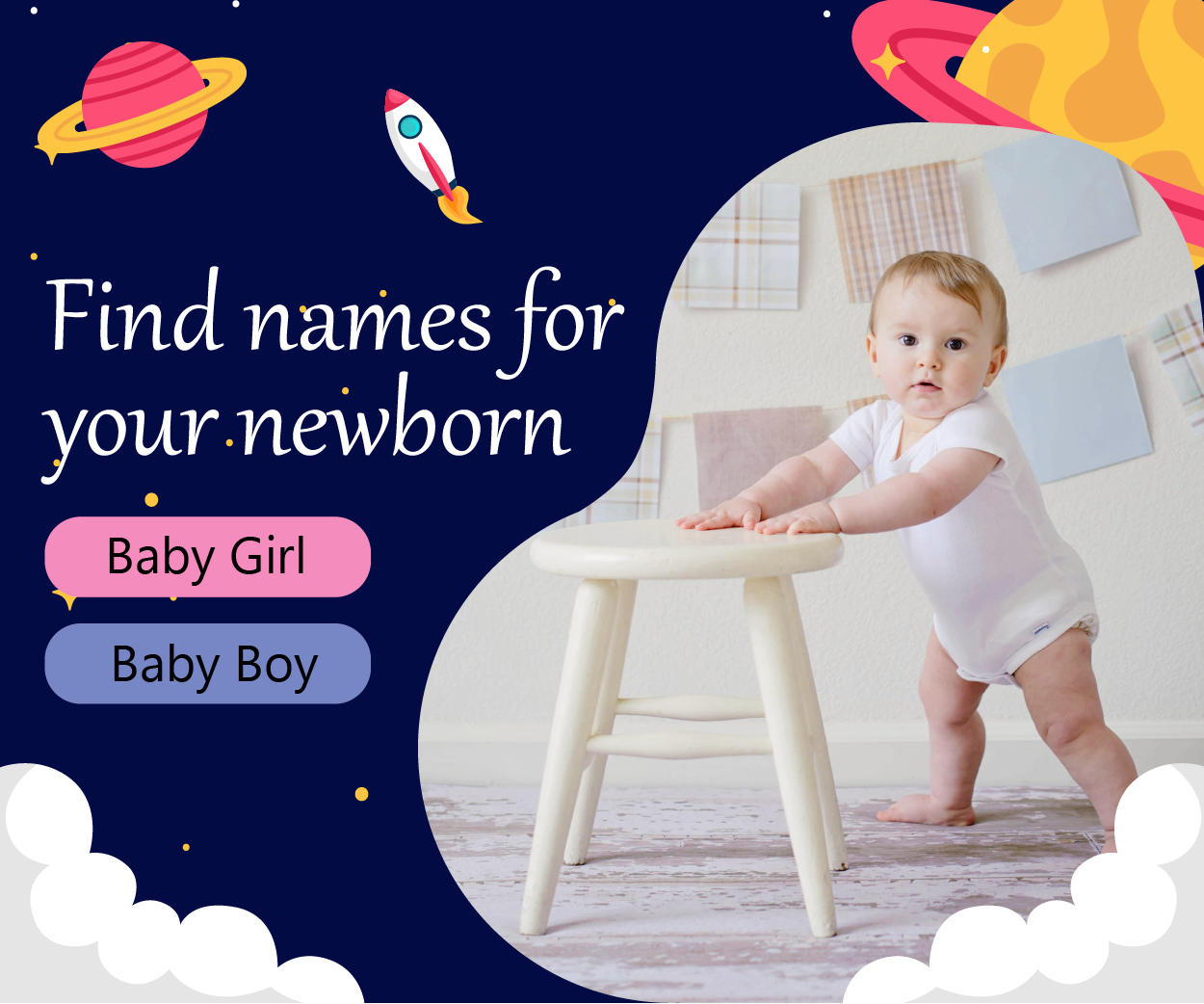

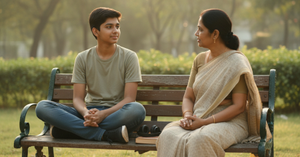
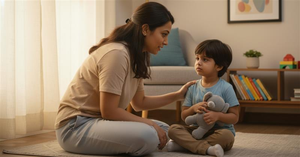


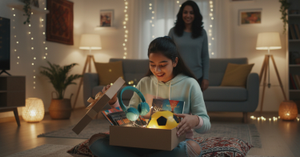
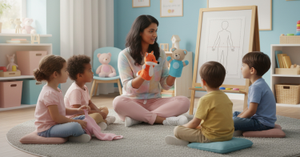
Be the first one to comment on this story.